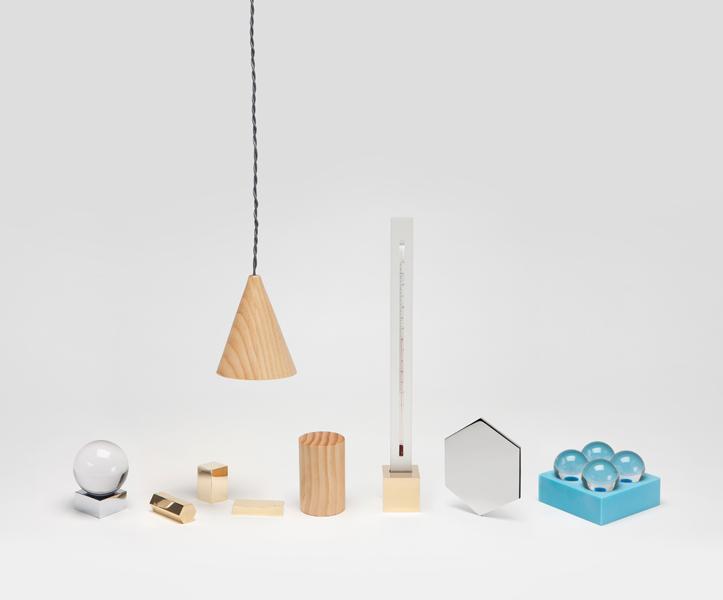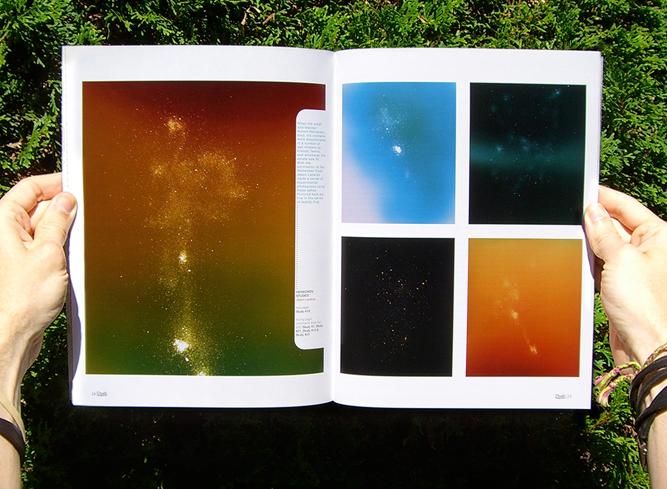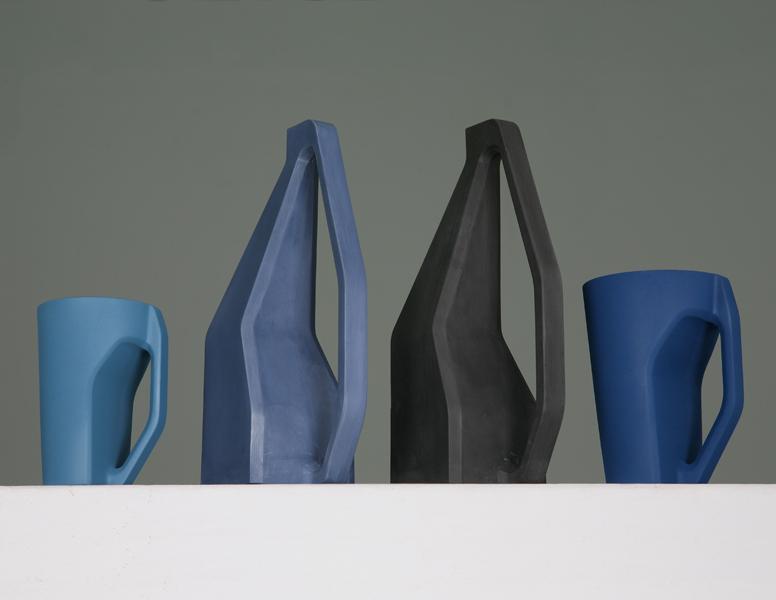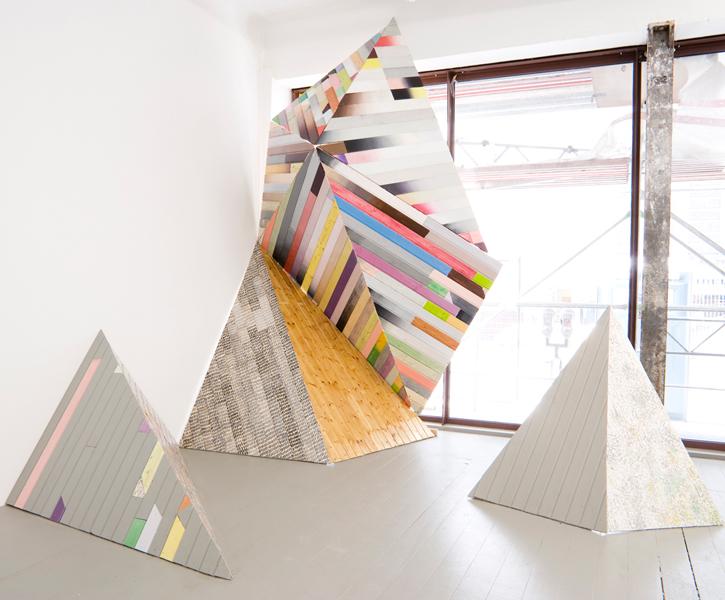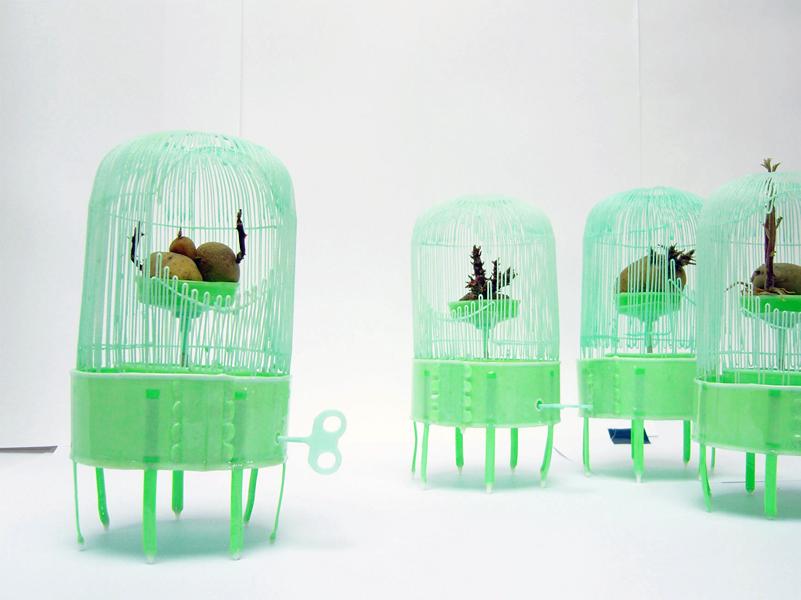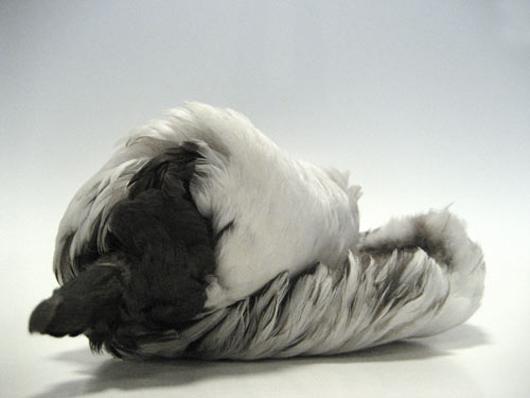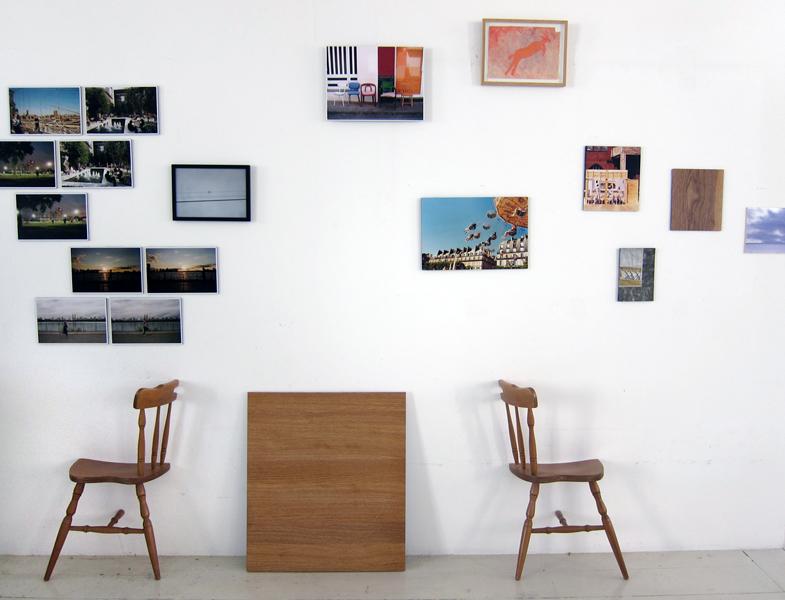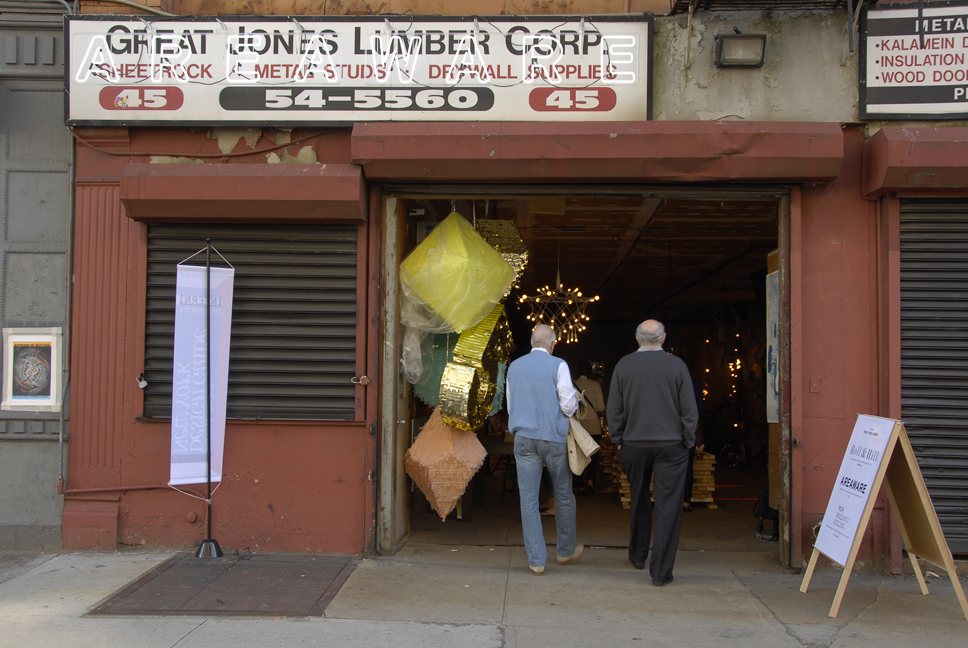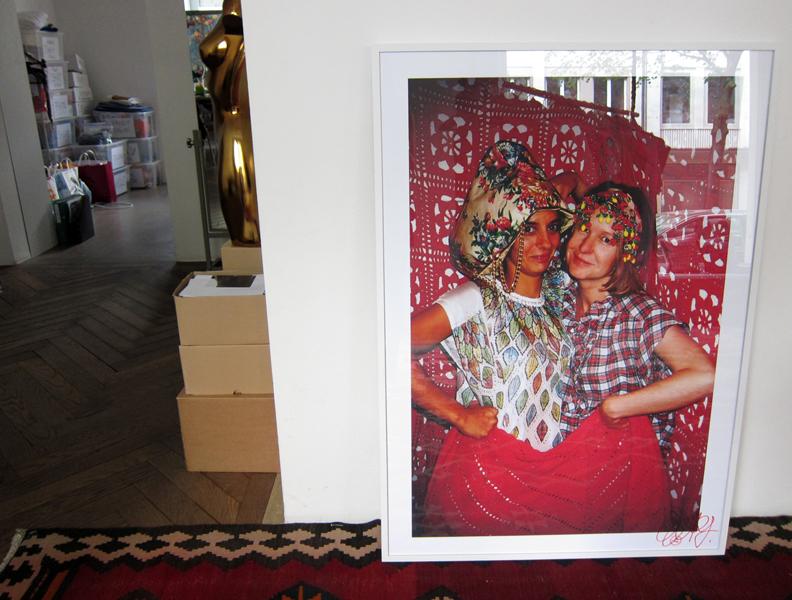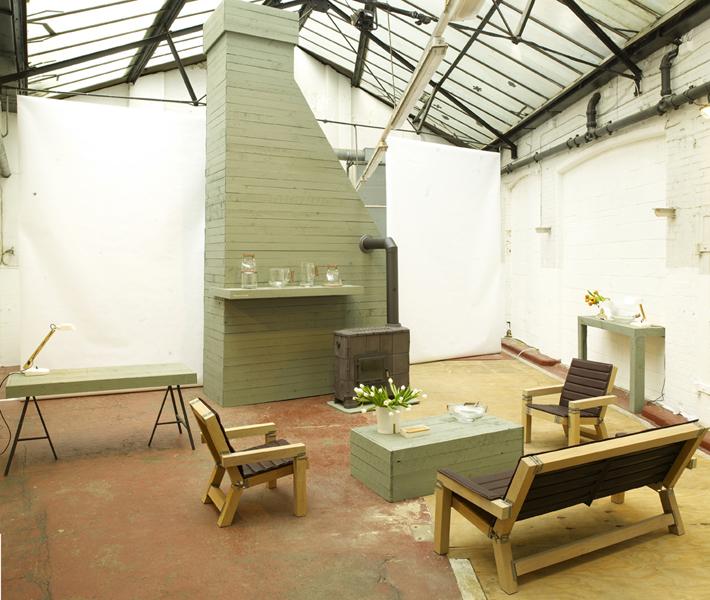
10.27.10
The Making of
Kwangho Lee’s Enamel-Skinned Copper Series
Kwangho Lee fancies himself a simple man. The 29-year-old grew up on a farm in South Korea watching his mother knit clothes and his grandfather make tools with his bare hands, which ultimately became the inspirations behind his work. He values nostalgia and rejects greed, and more like a craftsman than a designer, he prefers sculpting and manipulating ordinary materials to engineering the precise outcome of an object. “I dream of producing my works like a farmer patiently waiting to harvest the rice in autumn after planting the seed in spring,” he muses on his website. It all starts to sound a bit trite, but then you see the outcome: hot-pink shelves knitted from slick PVC tubing, lights suspended inside a mess of electrical wire, towering Impressionist thrones carved from blocks of black sponge. Lee may have old-fashioned ideals, but he designs for the modern world, and that’s the kind of transformative alchemy that draws people to an artist.
